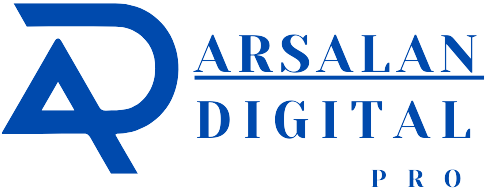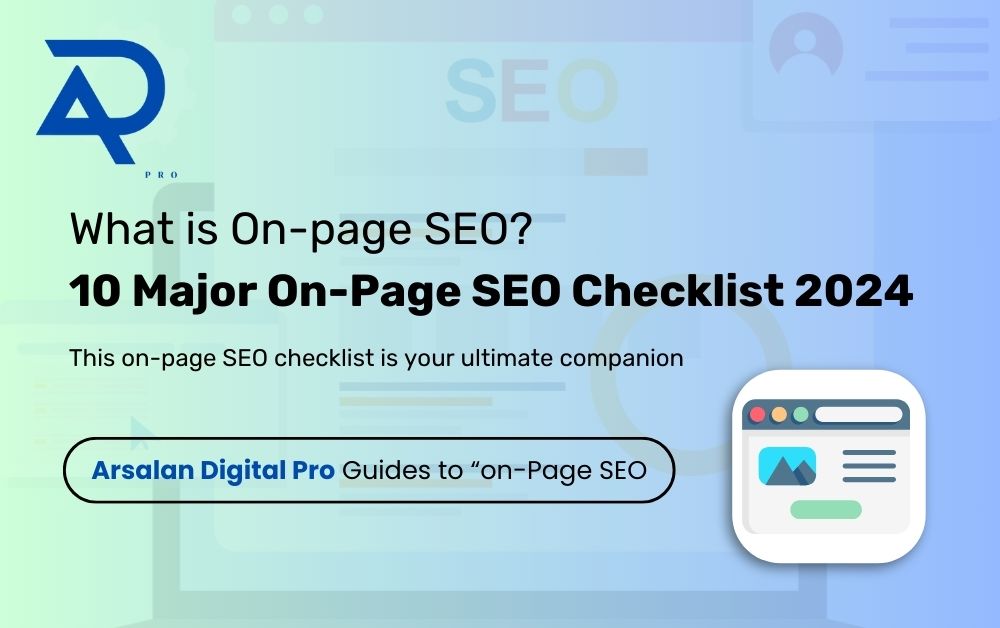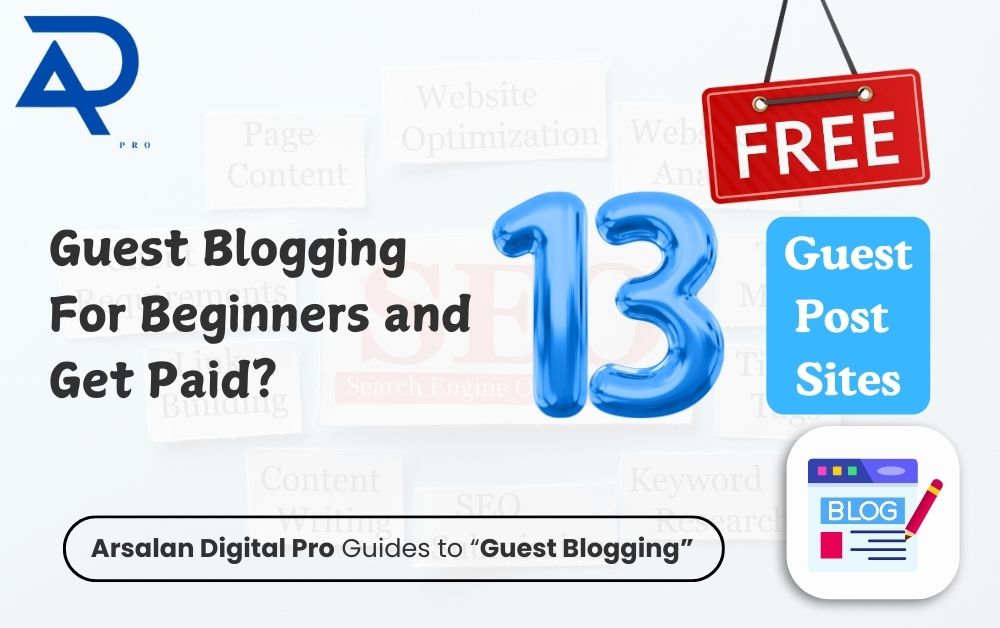Want to make a page rank higher in Google?
This on-page SEO checklist is your ultimate companion.
From title optimization to significant technical aspects, this guide covers everything you need. The best part? Everything on this list is working GREAT right now. So, if you want higher Google rankings in 2024, you’ll love today’s checklist.
Let’s dive right in and start optimizing your website for success!
What is On-page SEO?
On-page SEO refers to the practice of optimizing individual web pages to rank higher on search engines like Google. It involves enhancing both the content and the technical elements of a page to meet search engine algorithms’ standards. The ultimate goal is to make your website more understandable to both users and search engine bots, thereby increasing visibility.
Why is On-page SEO Important?
On-page SEO plays a crucial role in search engine rankings and user experience. A well-optimized page helps search engines understand your content better, which can lead to higher rankings. It also ensures that users have a seamless, enjoyable experience when navigating your site, which can reduce bounce rates and increase conversions.
10 Major On-Page SEO Checklist for 2024
Using this checklist, to rank a number of websites at the #1 position on Google is not only achievable but also sustainable in the ever-evolving SEO world.
To implement and optimize your On-Page SEO Checklist for 2024, you can use professional SEO tools and platforms that streamline these processes. Here’s a detailed breakdown of each step with links to useful resources:
Keyword Research
- Target One Keyword Per Page: To avoid keyword cannibalization, focus on choosing one primary keyword for each page. Check Google Keyword Planner for keyword ideas.
- Less Competitive Keyword: Tools like Ubersuggest help you find less competitive keywords to target.
- Target Keyword Aligned with User Intent: Use AnswerThePublic to find questions and topics related to your keyword.
- Check Monthly Search Volume: Get accurate search volume estimates using SEMrush.
Check Keyword Trends: Monitor keyword trends over time on Google Trends.
Keyword Placements
- H1 Tag (Title of Page): Ensure your main keyword is in the H1 tag. Yoast SEO can help you optimize title tags.
- Place in URL: Make sure your keyword appears in the URL (use dashes to separate words).
- First 100 Words: Include your keyword naturally in the first 100 words of your content.
- Save Image File Name as Keyword: Use descriptive file names like “on-page-seo-2024.png” for images.
- Place in H2 and H3 Headings: Tools like Surfer SEO can help you optimize headings for keyword relevance.
- Meta Description and Title Tag: Use Screaming Frog to audit meta descriptions and ensure keyword placement.
- Alt Text of Images: Use alt tags to describe images and include the keyword for better image SEO.
Meta Description
- 150 Characters: Keep your meta description concise (under 150 characters) while including your keyword. Use tools like SEMrush to audit your meta descriptions.
- Call to Action (CTA): Encourage clicks by adding a compelling CTA like “Learn more now” in the meta description.
URL Optimization
- Place the Main Keyword: Ensure the primary keyword appears in the URL.
- Use Dashes (-): Use dashes to separate words for better readability and SEO.
Page Title
- Target One Keyword Only: Focus your title on one main keyword. Use CoSchedule Headline Analyzer to improve title clickability.
- Keep Title Tag Under 60 Characters: Stay within 60 characters for proper display in search results.
Image Optimization
- Use WebP Format: Tools like Squoosh can help you convert images to WebP format.
- File Size Under 100 KB: Compress images using TinyPNG.
- Alt Text with Keyword: Use descriptive alt text for images and include the keyword.
- Infographics and High-Quality Images: Visual content like infographics can be created using tools like Canva.
Technical SEO
- Page Speed Test: Use Google PageSpeed Insights to analyze and optimize your website speed.
- Mobile-Friendly Theme: Ensure your website is responsive by testing it with Google’s Mobile-Friendly Test.
- Minify JavaScript and CSS: Use tools like Autoptimize to compress your JavaScript and CSS files.
- Avoid Orphan Pages: Make sure every page has at least one internal link.
Internal and External Linking
- 3-5 Internal Links: Add internal links to relevant content. Ahrefs can help identify opportunities for internal linking.
- External Links Must Open in New Tab: Make sure external links open in a new tab for a better user experience.
- High-Quality External Links: Link to authoritative sites like Wikipedia or well-known industry publications.
Schema Markup
- Add Schema: Use Schema.org to generate structured data for your site.
- Add Schema in Header: Implement schema markup in the header of your pages to improve visibility in rich results. Use tools like Google’s Structured Data Testing Tool to validate your schema.
Content Quality
- 1000+ Words: Longer, in-depth content tends to rank higher. Tools like Grammarly can help you ensure the quality of your content.
- Paragraphs ≤ 20 Words: Keep paragraphs short and readable for a better user experience.
- Use Bullet Points and Subheadings: Break up content with bullet points and headings for easy skimming.
- Human Written: Ensure your content feels natural and authentic. Avoid keyword stuffing for better readability and SEO compliance.
By following this On-Page SEO Checklist for 2024, you can dramatically improve your website’s rankings. Each tool and tip provided helps optimize different elements of your page for both users and search engines. Start applying these strategies now and watch your pages climb to the top of search results.
Conclusion
Using this on-page SEO checklist, you can effectively rank multiple websites at the #1 position on Google. Mastering on-page SEO in 2024 requires attention to detail, from keyword placement and meta descriptions to page speed and internal linking. By following this 10-step checklist, you can ensure that your web pages are optimized for search engines and provide value to your audience. Remember, SEO is a long-term strategy that combines technical elements with high-quality content, so stay consistent and keep improving your on-page SEO techniques.
If you found this on-page SEO checklist helpful, there’s so much more to explore! Dive into our other in-depth guides on keyword research, technical SEO, and link-building strategies to take your digital marketing skills to the next level. Visit Arsalan Digital Pro’s blog for the latest tips and tricks to help your website rank higher and perform better. Don’t miss out—start learning now and stay ahead of the competition!
By adhering to these practices, your website can achieve higher rankings, more traffic, and an overall better user experience.
Want the Ultimate On-Page SEO Checklist?
Unlock my secret Google Sheet packed with all the essential tips and strategies to optimize your website for 2024!
Get it for FREE—just fill out this quick form, and the checklist is yours.
Click Here to Get the Free On-Page SEO Checklist
Don’t miss out on the exact steps you need to skyrocket your rankings!




![260+ Profile Submission Sites List 2025 [High DA PA – Submitted, Working Sites]](https://arsalandigitalpro.com/wp-content/uploads/2024/11/260-Profile-Submission-Sites-List-2025-High-DA-PA-–-Submitted-Working-Sites.jpg)


